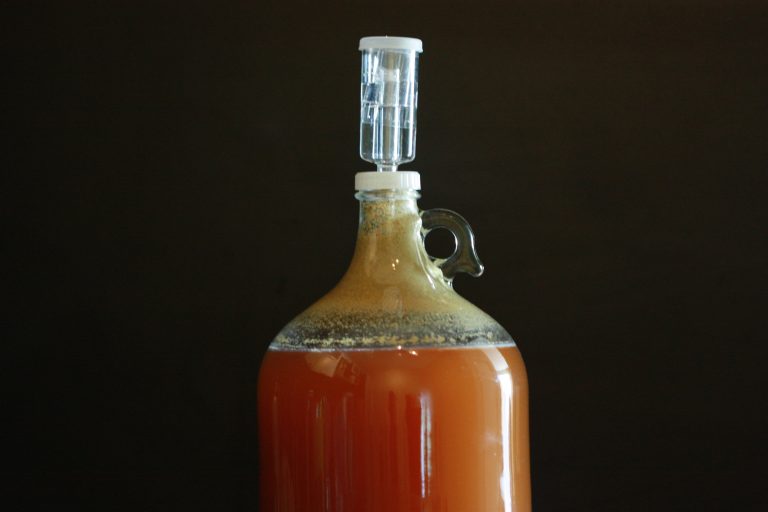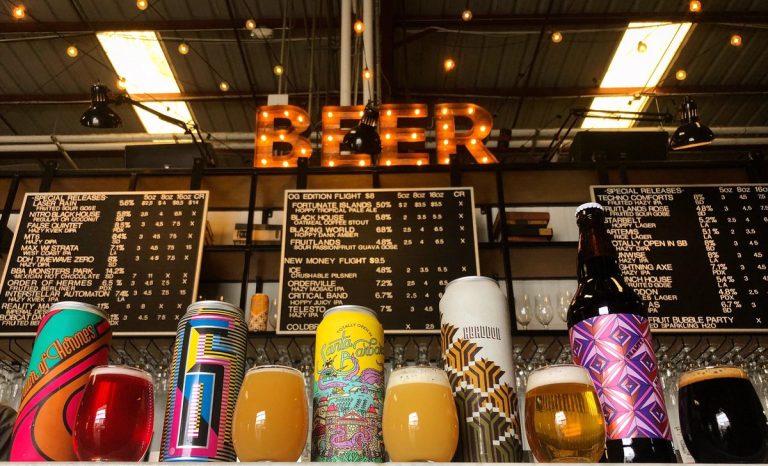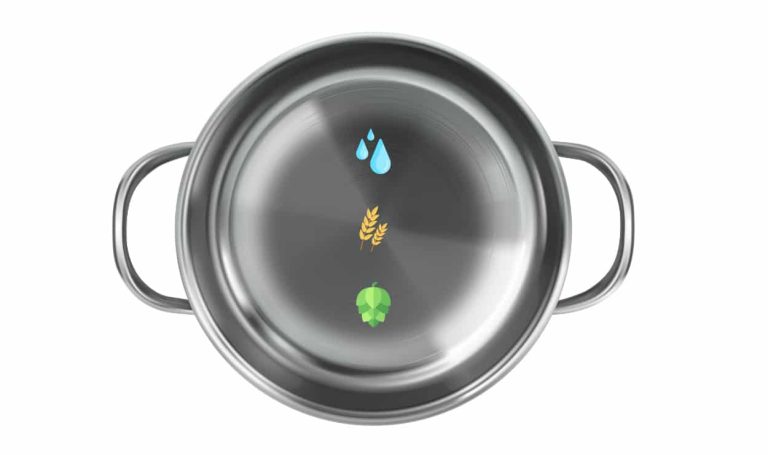The Complete Guide to the London Ale III Strain of Yeast
There are a few different major strains of ale yeast that hail from England. One yeast in particular – and the focus of this article – is the London Ale III or “Boddington” strain. This strain of saccharomyces cerevisae has become one of the hottest yeasts lately due to its unprecedented use within New England-style IPAs.
Boddington Yeast History and Origin
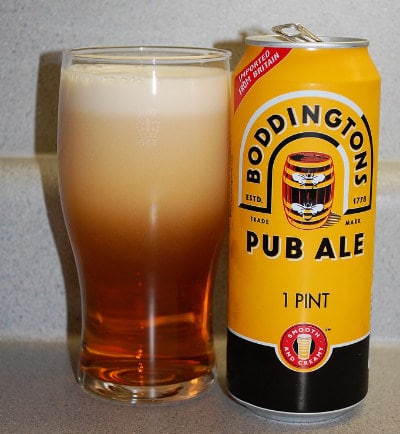
Boddingtons Brewery was founded in 1853 by Henry Boddington, and quickly became well known for its English Bitter or “Boddies” as they became known. In the 1990’s it saw another wave of popularity for it’s widget-filled Pub Ale can. Whitbread Brewery bought Boddingtons in 1989, which was subsequently acquired by AB InBev in 2000.
The association between the yeast we know today as London Ale III and Boddingtons is circumstantial at best, but the best we currently have. The original Boddingtons Brewery was in Manchester, over 200 miles (322 km) from London by car. No one is really sure where the idea that this “foggy London” strain is also the Boddies yeast. Boddingtons was long famous for their creamy pub ale, which is a start. Due to this, the brewery nicknamed itself in the 1990’s as “The Cream of Manchester.” While this may be a clue that we are on the right track with this association, it also could have been because of the white-creamy head their beer was also known for.
There have been other theories floated that maybe this yeast was stored by the Whitbread yeast bank but not actually used by them, or that they lost their original yeast and replaced it with a yeast from Courage. Alas, we may never know for sure.
Anyway, the brewery itself no longer exists, but it’s name lives on with homebrewers as the possible origination of one their favorite yeasts.
Profile of the London Ale III / Boddington Yeast
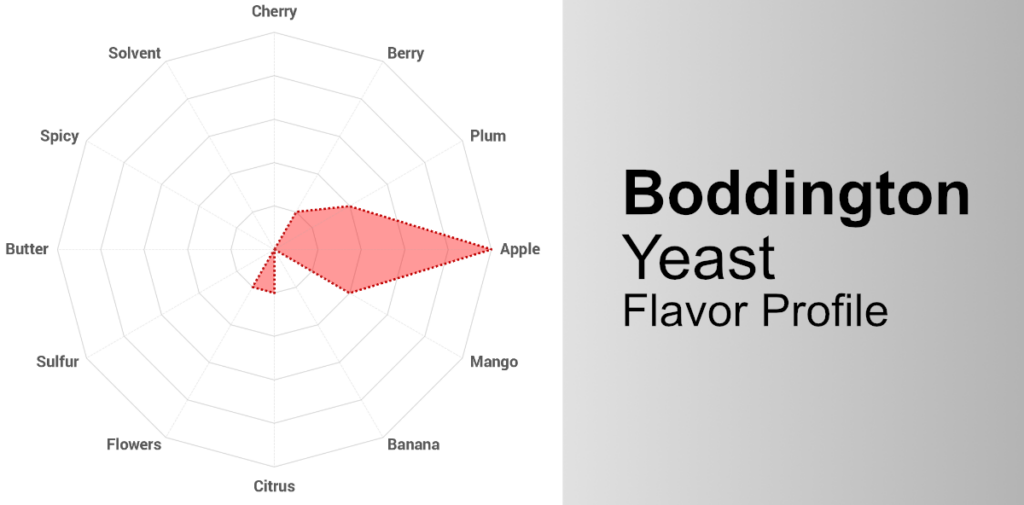
Where ever this yeast came from, it definitely is a unique strain.
Best known for its soft, smooth and fluffy mouth feel, it is a very low attenuator that leaves a lot of residual sugar behind. The RVA, Omega, Imperial and Wyeast commercial strains all top out around 75% attenuation, while the remaining are a tad higher. Regardless, with all that extra sugar left behind, any beer made with this strain naturally has a much fuller mouthfeel.
Another unique quality of this yeast strain is its trademark cloudiness. While many of the Boddington yeast manufacturers claim them to be high flocculators, this yeast is very well known for its haze, particularly when used in brewing New England IPAs.
It is a true top cropping yeast strain with a fruity, very light and softly balanced palate. The light profile really allows for the malt and hop background to shine through.
Commercially Available Boddington Yeast Strains
Unlike with what we found with the Conan strain, this one was a bit harder to nail down. Being that Boddingtons is a defunct brewery made this even more difficult. What we found is that many of these similar strains are labeled with “London”, “British” or “Fog”, realizing that there are many other strains that are NOT similar that also use those monikers.
Wyeast London Ale III (WY1318) is by far the most popular of the group. It is one of my favorite yeasts of all time as it has become an essential ingredient to the perfect hazy IPA.
- Wyeast London Ale III (WY1318): The original and the one most commonly referenced and used.
- RVA Manchester Ale (RVA-132): A new-comer from a new lab, but looks and behaves very similar to the Wyeast version.
- Escarpment Foggy London Ale: Said to be the foggiest of all the commercially available strains.
- White Labs London Fog Ale (WLP066)
- Omega British Ale V (OYL-011)
- Imperial Juice (A38)
- GigaYeast British Haze (GY128)
- LalBrew Verdant IPA – This is the only dry substitution for this strain.


